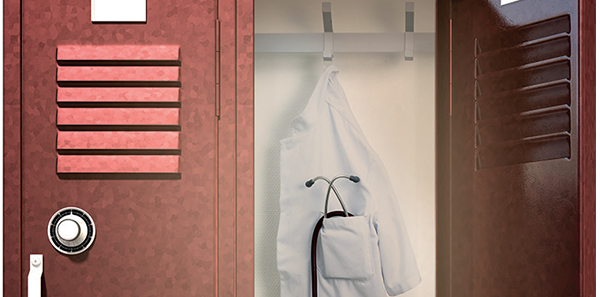
Editor’s Note: This letter is in response to May’s Skeptics’ Guide to Emergency Medicine column, “Lidocaine for Renal Colic,” by Ken Milne, MD, MSC, CCFP-EM, FCFP, FRRMS.
Explore This Issue
ACEP Now: Vol 37 – No 08 – August 2018This is only an important question to ask if you believe that giving opioids to a low-risk opioid-naive patient with objective symptoms somehow increases the odds of chronic opioid use or misuse.
The post-op surgical literature on opioid-naive patients that does not screen out high-risk patients (mental illness, smoking, alcohol, etc.) finds that chronic use from opioid administration is 0.2 percent (close to zero).
So if you have a low-risk patient with a kidney stone, give the poor soul whatever it takes to quickly, effectively, and safely make them better (this will likely include opioids in many real-deal stones).
If you have a patient at high risk for opioid misuse (chronic pain, addiction including nicotine, psychiatric disease including depression and anxiety, or electronic pharmacy records indicating excessive scripts), then we should be comparing non-opioid medications (toradol versus lidocaine).
Not sure why the opioid crisis has put all of our patients into a one-size-fits-all category of always starting with a non-opioid approach.
Mark Mosley, MD
Wichita, Kansas





No Responses to “Sometimes Opioids Are Necessary”